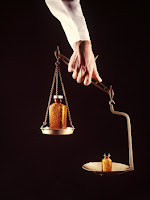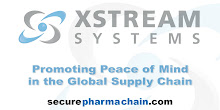
Here are a few of stories that we at XStream Systems think are noteworthy as it relates to the safety of our supply chain. Recent incidents such as the adulteration of heparin and the discovery of melamine in baby formula have heightened consumer’s awareness of safety risks to our food and drug supply.
U.S. pays millions for unapproved drugs
The availability of unapproved prescription drugs to the public may create a dangerous false sense of security. Dozens of deaths have been linked to them.
The medications date back decades, before the Food and Drug Administration tightened its review of drugs in the early 1960s.
Republican Lawmaker Asks GAO to Review FDA Handling of Heparin
The FDA may not have used all available postmarket surveillance tools when determining the likelihood that contaminated heparin caused patient fatalities, according to a Republican congressman. “Based on the available information … there is a serious and potentially troubling question about whether FDA availed itself [of] all of its tools to conduct comprehensive surveillance of heparin deaths,” Rep. Joe Barton (R-Texas), ranking member of the House Energy and Commerce Committee, says in a letter to the Government Accountability Office (GAO).
FDA Finds Melamine Traces In U.S. Infant Formula
Bloomberg News reported that the industrial chemical melamine was found in U.S. infant formula in trace amounts that pose no health concern, according to FDA. Since September, some 50,000 children in China were sickened by melamine-tainted milk and several died.
We at XStream Systems believe that molecular pharmaceutical authentication will play a major role in the coming years to protect us from contaminated, adulterated and counterfeit products. To learn more about how this can be done, please visit www.xstreamsytems.net.














